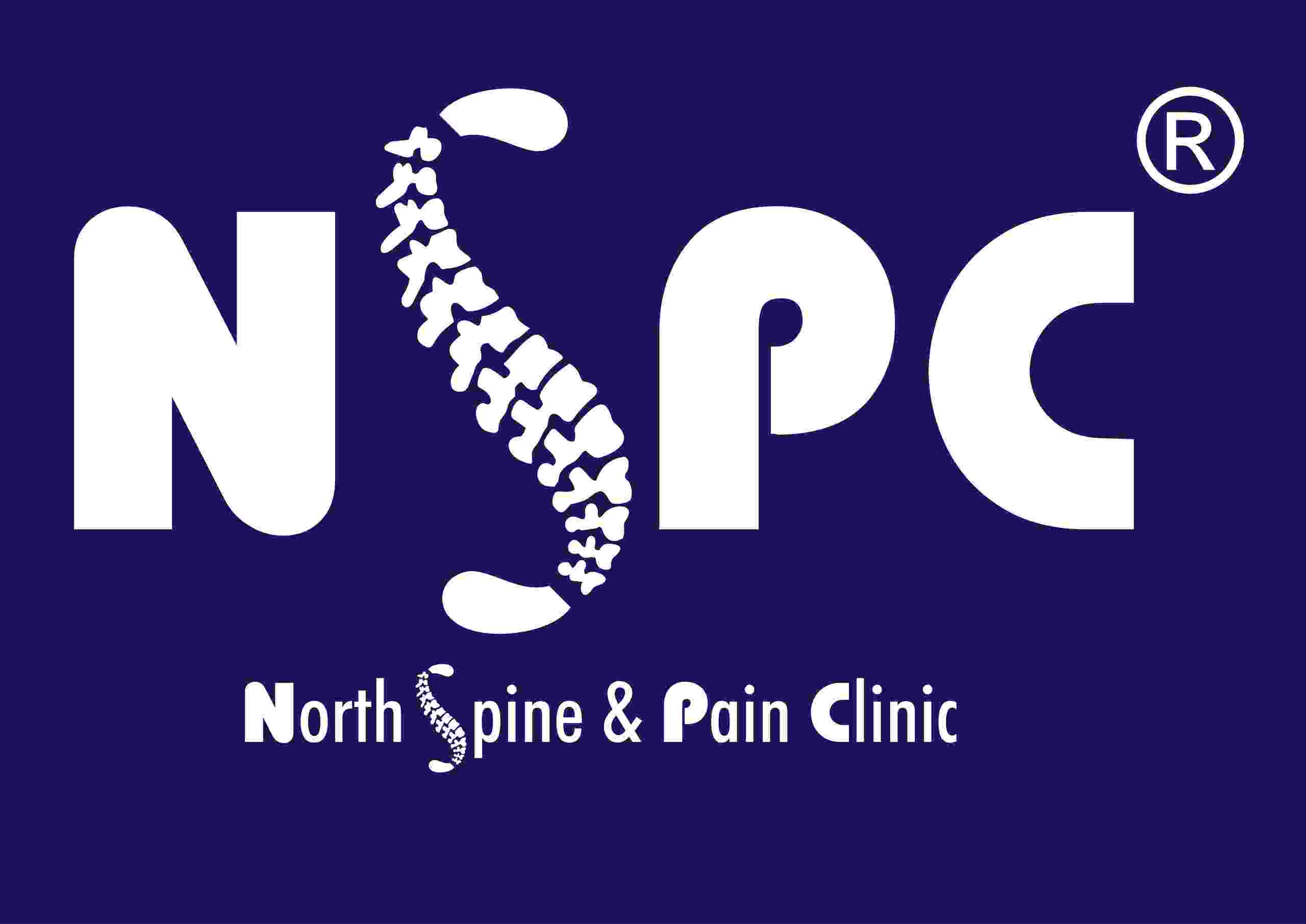
Arthritis denotes a set of symptoms like joint pain, tenderness, stiffness like stiff knee, and swelling in the joints throughout the body.
There are many types of arthritis, but the most common type, osteoarthritis, is very painful, which limits the daily activities of life. Arthritis pain is the most common symptom of arthritis. When more than one joints are involved, it is known as Polyarthritis.
Types of arthritis:
It is mainly of 2 types; Osteoarthritis & Rheumatoid arthritis
Osteoarthritis mostly affects the weight-bearing joints, such as hips, knees, hands, feet, and spine joints, called facet joints. Normally, joints move smoothly with little resistance, but usual wear and tear of the joints can cause the cartilage in between the joints, to become rough and worn out. This can result in raw joint surfaces rubbing against each other, causing swelling, the formation of bone spurs, stiffness, and pain. The lubricating synovial fluid of the joint can also become watery.
The knee joint is the major joint in the body. The upper and lower bones of the knee are separated by two, plate-like structures, called menisci.
The upper leg bone (femur) and the lower leg bones (tibia and fibula) are connected by ligaments, tendons, and muscles. The surface of the bones inside the knee joint is covered by articular cartilage, which absorbs shock and provides a smooth, gliding surface for joint movement.
Click on shoulder pain to know about chronic shoulder pain.
What causes arthritis? Knee pain reasons | Knee pain causes
Knee problem is often caused by knee injuries to one or more of these structures. Many jobs, sports and leisure activities, getting older, or having a disease such as osteoporosis or arthritis in knee are important joint pain causes.
- Rheumatoid arthritis is a condition that can affect any joint in the body. It can cause severe pain and disability, as well as swelling.
- Osteoarthritis: A wearing down of cartilage of the joint due to use and age. Main symptoms of osteoarthritis are breaks down in cartilage of the joints and abnormal bony growths development, called osteophytes or bone spurs.
- Gout is a form of arthritis that is most commonly found in the big toe, though it can also affect the knee. Uric acid levels in the blood are an important indicator of Gout.
- With septic arthritis (infectious arthritis), the knee joint can become infected; this leads to pain, swelling, and fever.
- Tendinitis knee: Patellar tendinitis is an inflammation of the tendons connecting the kneecap (patella) to the bone of the lower leg. Its common in runners and cyclists.
- Bursitis knee
- Patello-femoral pain syndrome is caused by degeneration or stress under the kneecap (patella) where it meets the thighbone (femur). Patello-femoral pain syndrome occurs in runners and cyclists.
- Sprains, strains, or other injuries to the ligaments and tendons that connect and support the kneecap.
- A tear in the rubbery cushions of the knee joint, called meniscus.
- Ligament tears
- Breaks (fracture) of the knee cap.
- Knee fractures are most commonly caused by fall or road traffic accidents.
- Pieces of bone or tissue (loose bodies) from a fracture or dislocation that may get caught in the joint and interfere with movement.
- Chronic use / overuse conditions
You need to call knee doctor or arthritis doctor near you if any of these arthritis symptoms or osteoarthritis symptom is present
With infection or inflammation, the whole knee might be swollen and painful, while a torn meniscus or fracture of a bone gives symptoms only in one specific area or position.
- Knee joint pain of more than 3 – 6 weeks
- Pain behind knee
- Knee pain when walking
- knee pain while running
- Limping due to discomfort
- Knee pain when bending
- Difficulty walking up or downstairs
- Pain on the inside of the knee
- locking of the knee (unable to bend the knee) – knee meniscus problem
- Knee swelling and redness
- Inability to extend the knee, and
- Shifting weight to the opposite knee and foot
How to get Arthritis treatment | joint pain relief | knee pain relief
- Lose weight For knee joint pain relief.
- Canes, Knee Braces, Physiotherapy, Electrical Stimulation, Knee exercises, lifestyle modifications, arthritis medicine, Pain reliever (Painkiller) and other natural treatment for arthritis
- Injections for knee pain though we have better treatment options available now
- Call arthritis specialist near you | knee pain treatment specialist near you for specialized pain management; If you are suffering from knee pain for quite some time
- Knee surgery like knee replacement or Total knee replacement for advanced osteoarthritis knee
Interventional Pain and Spine Centre, Delhi, India – 110085, with its branches (contact) at Rohini, Ashok Vihar, Punjabi Bagh, Pitampura, Dwarka, Paschim Vihar (Delhi) and Rohtak (Haryana) is the most advanced joint pain treatment center for knee joint pain treatment without any surgery and with minimally invasive, pinhole techniques (Example: PRP). You can meet the best knee doctor in Delhi for pain management at our centre. In 70 % cases major surgery like knee replacement can be avoided.
To know about the most advanced, state-of-the-art and revolutionary treatments offered by our specialists, please click the following links:
To know the benefits of these latest and safest techniques, click on FAQ’s
